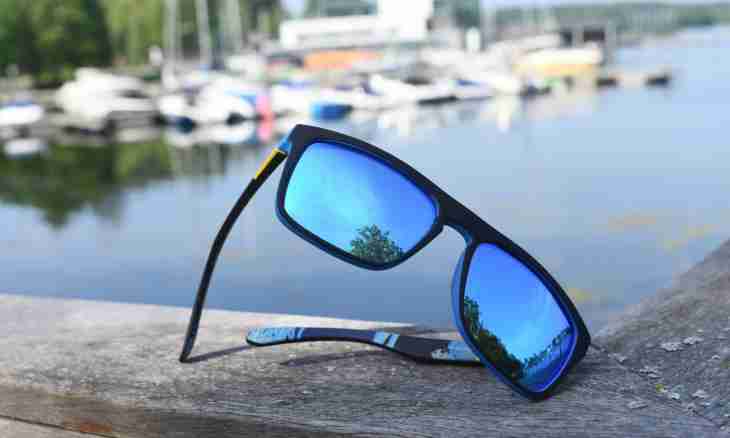Polarization of light is necessary for studying optical properties of various substances. It can be necessary also in life — for example, by means of polarization of light it is possible to distinguish natural honey from counterfeit. This phenomenon is used also in the stereo photograph and a stereoscopic movie. Polarized glasses are applied by drivers of motor transport and polar researchers. For studying polarization it is possible to make several experiments — for example, at a physics lesson.
It is required to you
- 2 polarizing filters
- Board from the black polished tree or ebonite
- Light source
- Sheet of white paper
Instruction
1. Put together 2 polarizing filters. Direct them to a light source. In this experience it have to be the lamp or the screen, but not the sun. Begin to rotate one filter concerning another, looking through them at a light source. At the same time you will see how the image reaches full brightness, dies away practically before total disappearance. Full brightness is observed when axes of polarization of light coincide. It is minimum when axes of polarization are perpendicular each other.
2. Put the sheet of white paper on a table. Direct the filters put together to the sun so that the shadow from filters laid down on a leaf. Observe on a shadow change of transparency of this optical design depending on that situation which occupies one filter concerning another. As well as in the first case, the transparency will be maximum at coincidence of axes of polarization, and is minimum when they are perpendicular.
3. Remove one of filters. Repeat both previous experiments with one filter. Make sure that, regardless of its situation, its transparency does not change.
4. Take a plate from the polished tree or ebonite. Arrange it so that to observe on its surface reflection from a light source — for example, from the sun. Take 1 polarizing filter. Consider reflection through it. Rotating the filter, watch change of brightness of reflection. This experience shows that a dielectric mirror, in this case the zapolirovanny sheet of ebonite or a tree, polarizes light, and the axis of polarization lies in the reflection plane. With a metal mirror this experiment will not turn out.
5. As a light source use the screen of the TV or the monitor which is evenly lit with white light. Between a light source and the polarizing filter bring a strip from plexiglas and, observing it via the polarizing filter, begin to bend it in various directions. At the same time observe how in the thickness of plexiglas multi-colored lines and stains appear. So under loading transparent dielectric materials gain properties to change an axis of polarization of light passing through them. This experience is applied in design of details of mechanisms to a research of deformations under loading.

